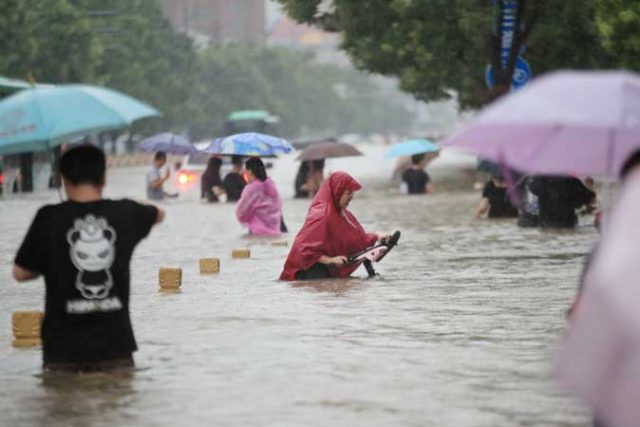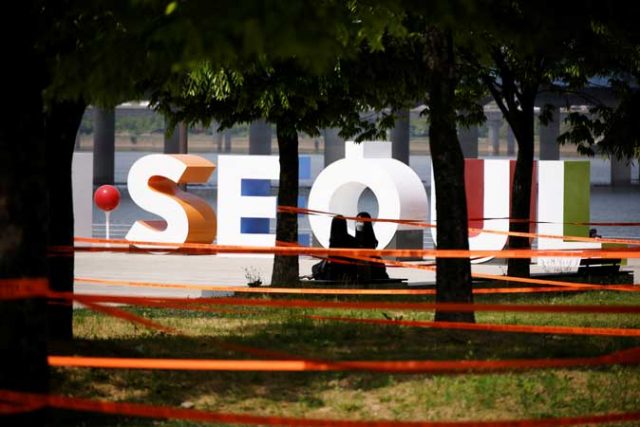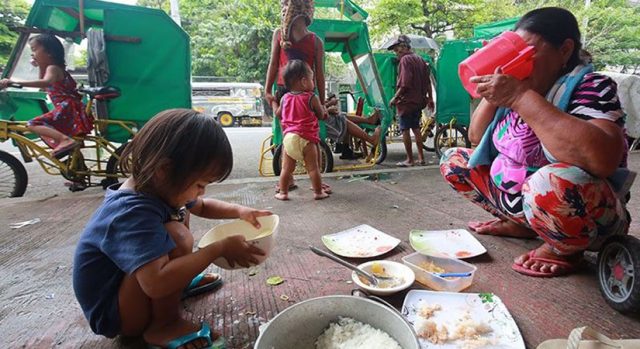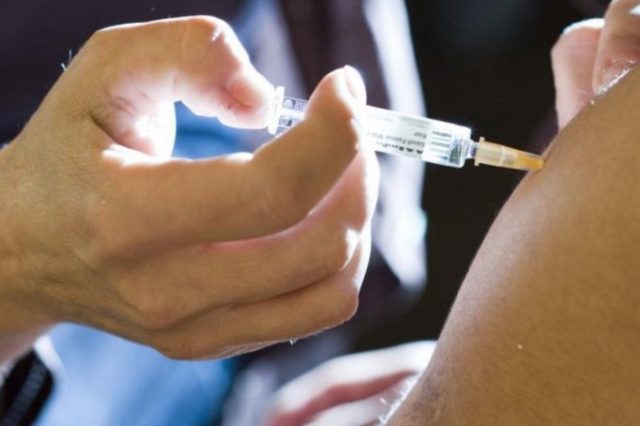Showing up too early
AS A PEOPLE, we get a bad rap for treating time for appointments like suggestions for the retail price of goods. Is a 10:30 a.m. meeting really the equivalent of any time before lunch is served, but not after the soup? “Filipino time” has become an approximated time check, vague and suggestive.
Developed countries post their train or bus departure and arrival schedules to the minute like 6:07 a.m. Such precision implies a commitment to punctuality. Panting towards the pick-up point at 6:15 a.m., and you surely just missed your ride, not even seeing the back of the bus pulling away. Our own point-to-point bus service has emulated this departure precision by being parked at the terminal 15 minutes before time, pulling away on schedule.
Acceptable timeliness in our culture follows certain rules, based on venue, occasions, and habits.
A corporate launch of a new logo may state the time in the invitation as 5:30 p.m. The notation, “registration” is a wink to the cognoscenti that the actual event will take place half an hour later. Thus, the invitee routinely adds at least 30 minutes before showing up.
On the other hand, an office meeting called by the CEO to review the budget, set at 10:30 a.m., is expected to start on time, and woe to the straggler who pops in 30 minutes late with wet hair and a lame excuse about traffic during GCQ. The presenter will not even stop to recognize the latecomer. And if it’s the big boss who is late? Well, small talk fills up the gap. As soon as he walks in, the chatter stops — can we start now?
With this game of “reciprocal expectations,” it is impractical to take the designated time for an event literally. The host provides a time which is expected to be adjusted by the socially aware invitee so that an overly punctual arrival does not cause embarrassment. (Please water the plants, while I take a shower.)
Being too early (or even on the dot) is considered a social lapse of manners.
Even in virtual meetings which have become routine, there are always those who click the link 15 minutes before time — the host will let you in shortly. Why are you so early?
For in-person meetings which are now allowed a bit more after the proper vaccinations, early birds are the bane of event organizers. The commute time is estimated on the high side, even with the lower traffic volume and the opening of new overpasses. Mishaps are thrown into the calculation like the possibility of a flat tire or being in front of three ambulances with sirens blaring. Waiters putting tablecloths on the table in their undershirts give these eager beavers a pitying look — do you want a bread basket, sir?
The early guest is expected to kill time somewhere else. It is a challenge then depending on the venue (a mall is ideal for killing time) to find something to do for at least 30 minutes which may allow a browse through the bookstore without buying a book. No need for a shopping bag, if the shopper will just download the title as an e-book.
It’s fine to be too early for appointments with doctors, dentists, car repair shops, job interviews, and lunches. There are waiting areas to look busy in.
In this political season, announcing availability too early gives the trolls time for “opposition research.” This is an investigative effort to dig up dirt on a subject like fake diplomas, unexplained mansions in the provinces, and previous entanglements of a scandalous nature. This effort is akin to the canonization process where the “devil’s advocate” tries to prove the unworthiness of a possible saint. It can also be conducted by a candidate himself to test his vulnerabilities. Early announcements just give more time for the trolls to get to work.
The incumbent has already demonstrated the advantage of tardiness in filing candidacies, even using substitutes as a way in. Even after being in office, his lateness for appointments can extend to not even showing up for announcements of quarantine status for the next two weeks.
The overly punctual guest is seldom fussed over and dismissed as a favor seeker. Nobody looks for him when he leaves too early… unless he’s supposed to pay the bill.
Tony Samson is Chairman and CEO of TOUCH xda












